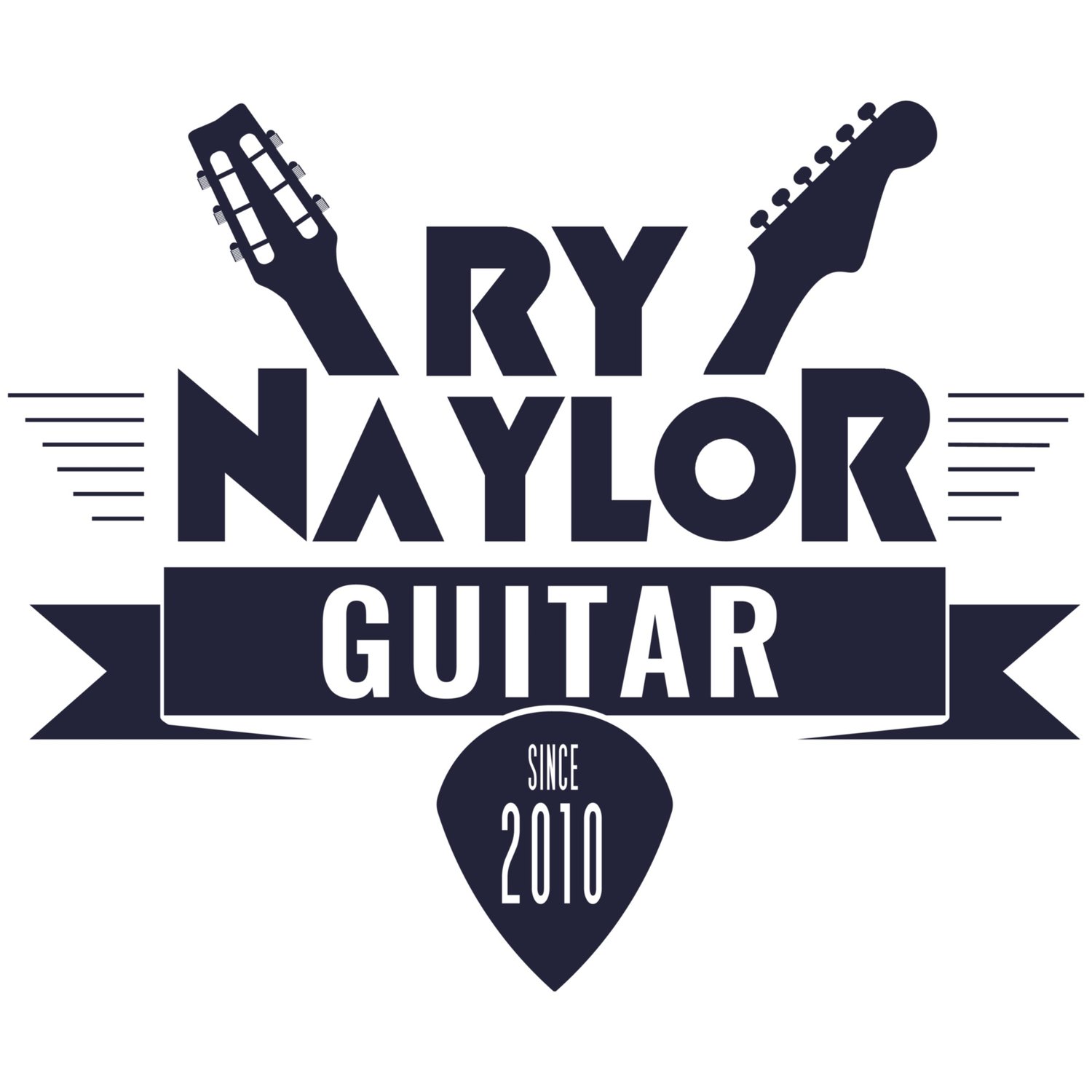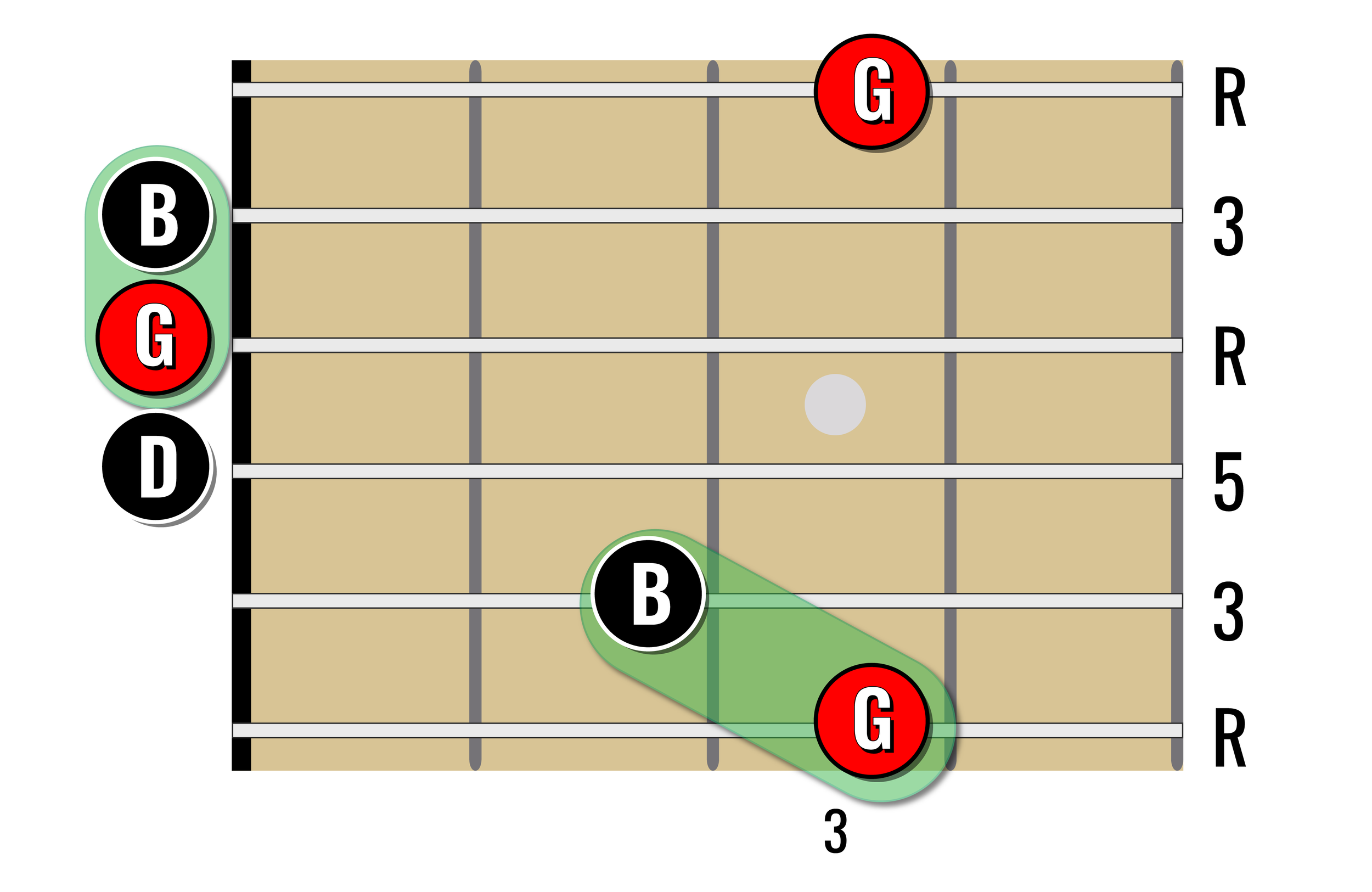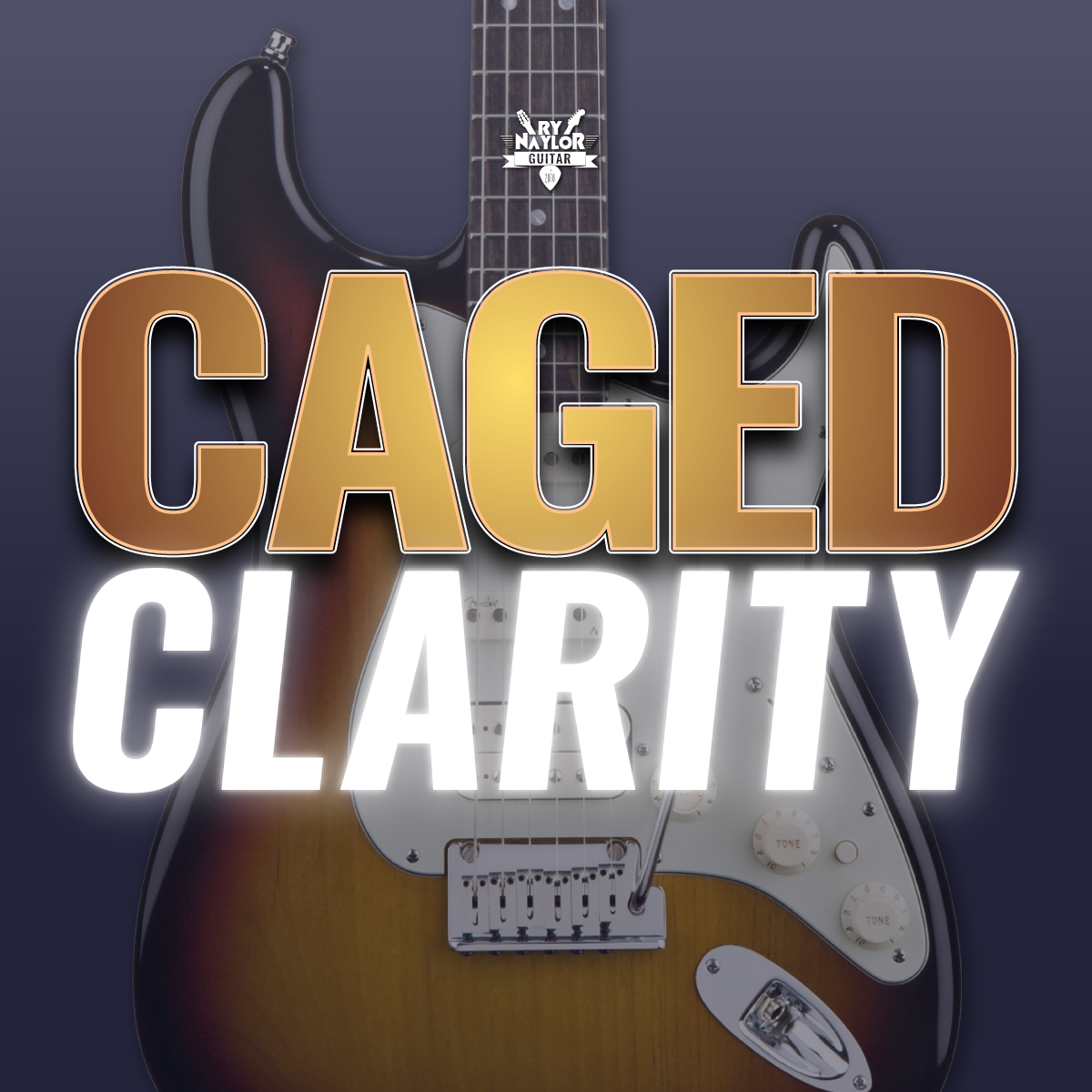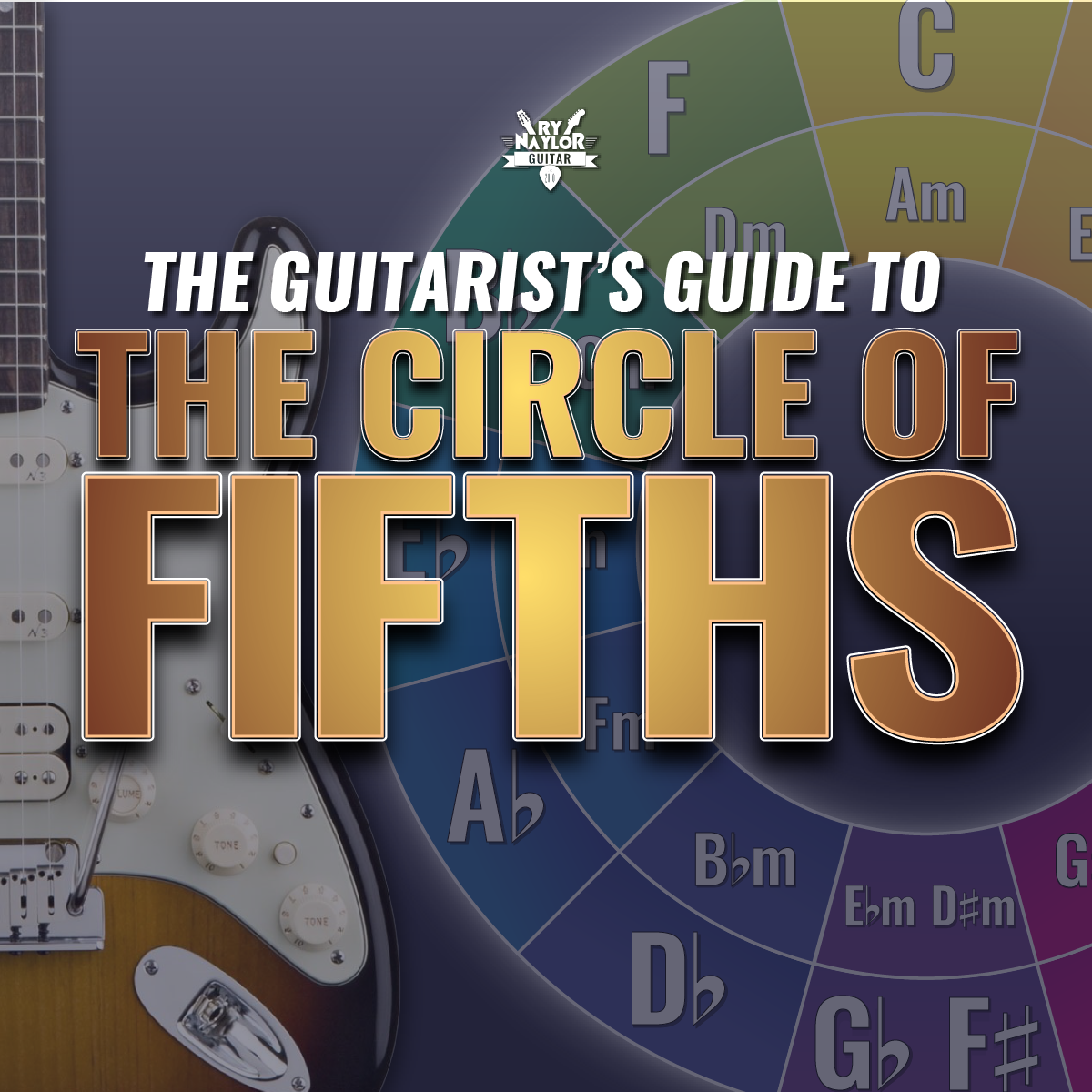Learn guitar arpeggios faster with these essentials
/My latest eBook release, ‘Arpeggios: Building Blocks’ is a comprehensive guide to mastering guitar arpeggio patterns found within major scale theory.
Here is Part 1 of the book entitled ‘Essential Intervals’.
The focus of Arpeggios: Building Blocks is to teach you the construction of each of the different arpeggios and, more importantly, to show you how they all lay out on the fretboard. To do so we’ll consider the musical distance from one note to the next in each arpeggio and you will learn how each of these intervals link up to form larger fretboard-spanning shapes.
There is one interval that needs to be mastered more than any other when studying arpeggios…the third. A third is a distance between two notes spanning three musical alphabet letters.
The circle of thirds
The Circle of Thirds shows how the alphabet can be arranged in a never-ending loop of ascending thirds (clockwise) or descending thirds (counterclockwise).
Make sure you’re comfortable moving up or down through the musical alphabet in thirds. Say a few rounds of the Circle clockwise and counterclockwise (not so easy).
Chords and, in turn, arpeggios are created from stacking thirds. Stacking two thirds gives a three-note triad arpeggio.
For example A-C-E are the notes of an A minor arpeggio.
A minor arpeggio on a single guitar string (A-c-e)
Stacking three thirds gives a four-note seventh arpeggio, for example C-E-G-B are the notes of a C major seventh arpeggio.
c major seventh arpeggio on a single guitar string (C-e-G-b)
But all thirds are not born equal! There are two types of third and combining them in different ways gives you all of the different arpeggios.
Major Third (3)
The first interval is the major third, presumably named as such because it is the distance between the first and third note of any major scale:
The major third spans three musical alphabet letters which are two whole steps apart. When identifying the interval, a major third above a Root note (R) will be shortened to 3.
The major third interval will be green
Looking at the open C major chord, you can see what the major third looks like across an adjacent string pair.
A major third above any R will be one fret lower on the string physically below.
Here’s another example in the open E major chord:
But, if you look at another familiar open chord you’ll see that there is an exception. Here’s A major:
Between strings 3(G) and 2(B) a major third will be in the same fret. You find a combination of these two third shapes in the open G major chord:
Below are major thirds across the string pairs from the 5th fret:
Notice how sometimes the major third will be a sharp note. For example the 3 above A is C♯. So what is A to C? That would be a minor third.
Minor Third (♭3)
When a major interval is lowered a half step (one fret) it becomes a minor interval.
A minor third also spans three musical alphabet letters a whole step plus half step apart (three frets horizontally on the same string).
When identifying the interval, a minor third above a R will be shortened to ♭3 (the flat symbol representing the flattening of the note one fret/half step).
The minor third interval will be orange
Be careful with the ♭3 label. It does not mean that a minor third has to be a ‘flat’ note, merely that the note has been lowered a half step (when compared to its major scale equivalent).
For example, C to E is a major third. C to E♭ is a minor third…makes sense.
Whereas A to C is a minor third (not A to C♭). The reason being that, as we saw previously in the open chord shape, a major third above A is the note C♯. Flattening a sharp note makes it ‘natural’ (C♯ flattens to C).
Looking at the open A minor chord (Am), you can see that the minor third in the chord shape resembles a major third across strings 3(G) and 2(B).
The minor third between strings 3(G) and 2(B) is one fret lower.
Remember that this string pair is the exception.
Between all other string pairs a minor third above any Root note will be two frets lower on the string below.
Here’s an example of that in the open D minor chord (Dm):
And here are minor thirds across the string sets from the 5th fret:
ARPEGGIO PRACTICE EXERCISES
Random Note
See if you can identify the note a major third above a random note. Find the 3 both on the same string and the string below. Do the same with a different note, this time finding the minor third (♭3). Repeat until you are confident with identifying both thirds above any note.
Try these ‘stacking’ exercises:
Stacking Thirds
Try playing a constant stream of major thirds up and down an individual string and crossing vertically across the string pairs. Make a mental note of the starting Root.
You should be back on the Root every 3 notes (when moving in the same direction - higher or lower in pitch).
Here’s an example from the open string 6(E), with each instance of the E note highlighted in red in the TAB:
Now try a constant stream of minor thirds up and down an individual string and vertically across the string pairs. Again, make a mental note of the starting Root. You should be back on the Root every 4 notes (when moving in the same direction).
Here’s an example, again from the open string 6(E):
FOR MORE
Arpeggios: Building Blocks, now on sale in my online store.
If you would like to study with me, you can do so via Zoom or as an enrolled student in one of my video courses. Recommended for this lesson is my course dedicated to mastering the fretboard, Guitar Blueprint.






























